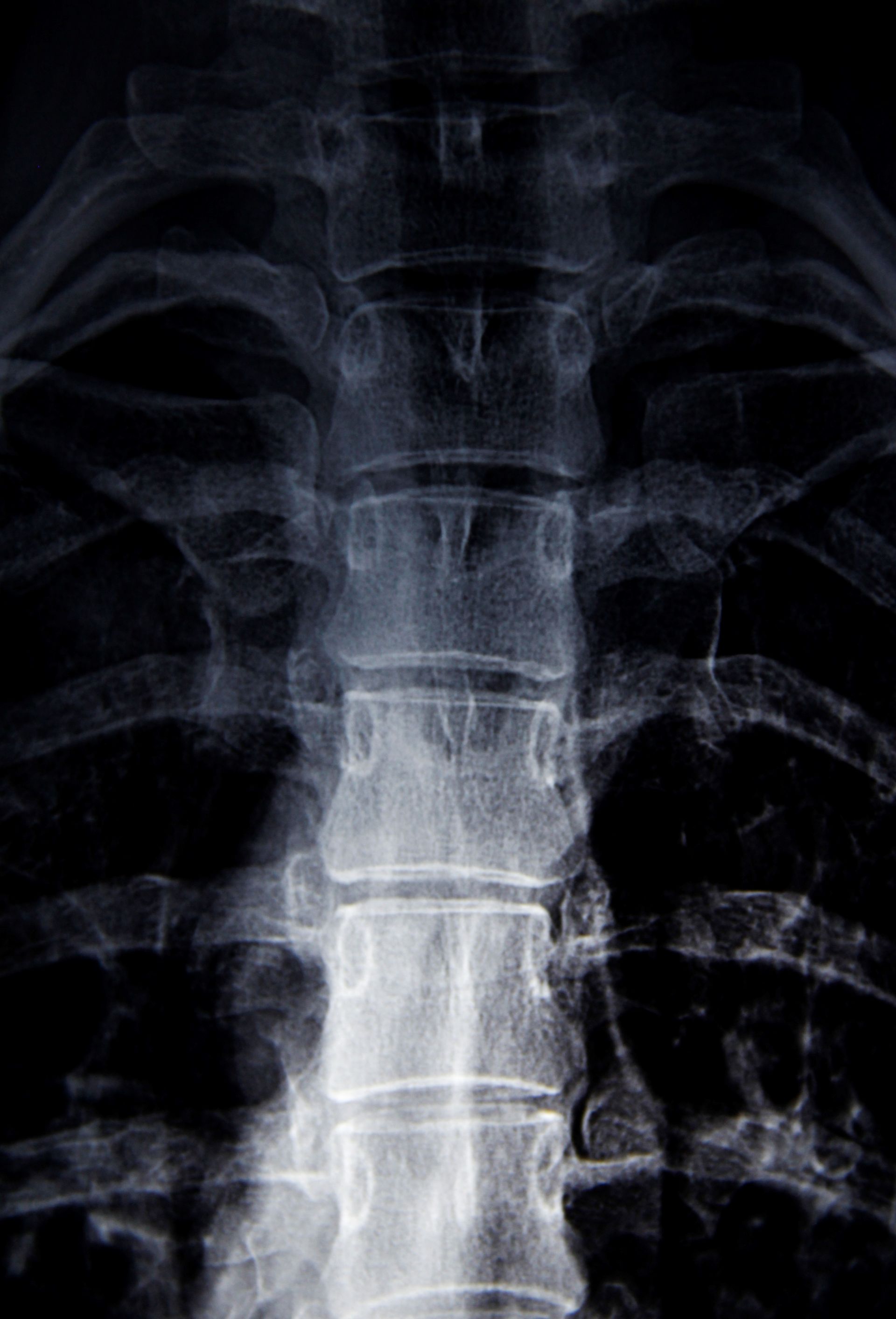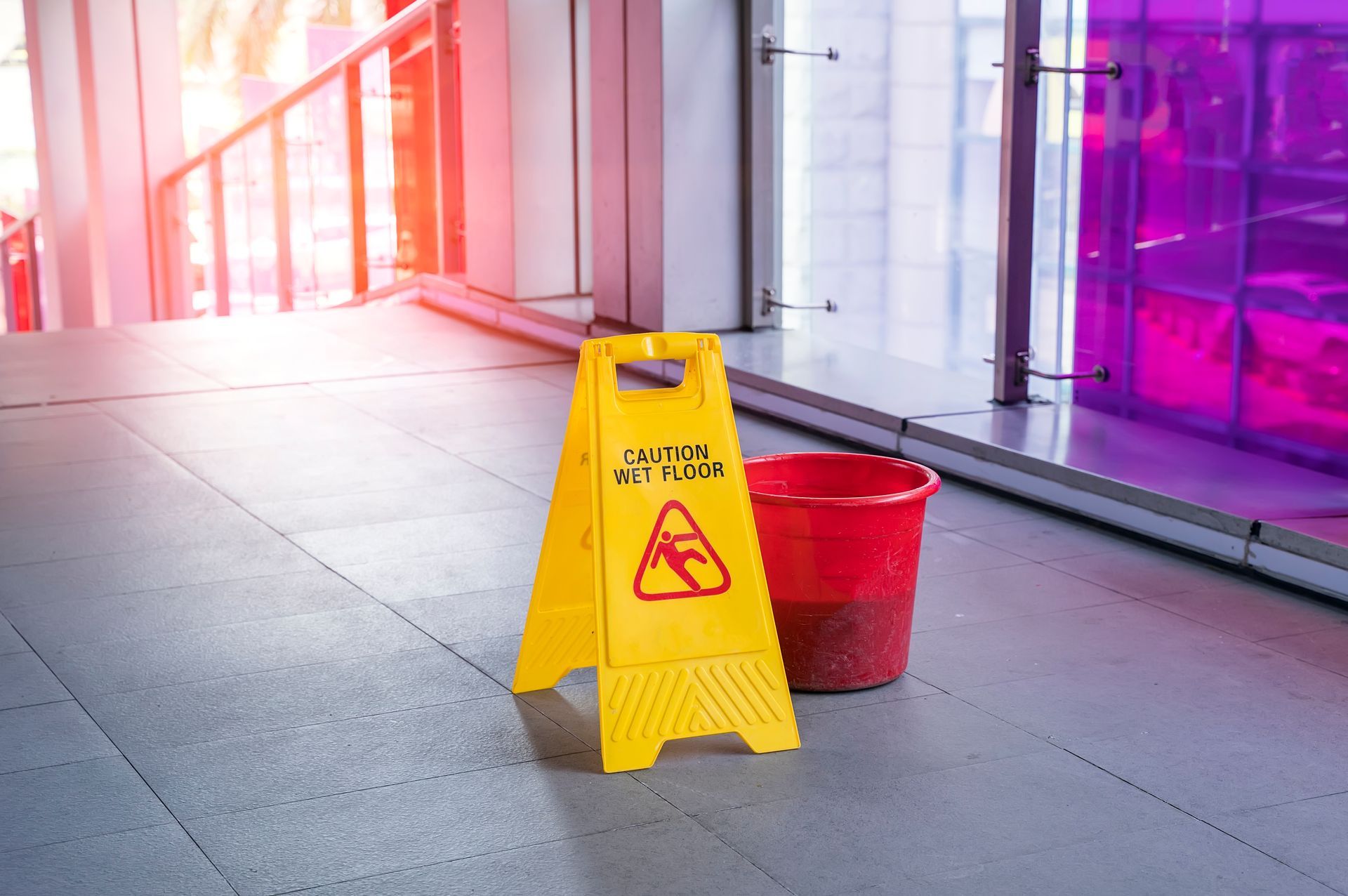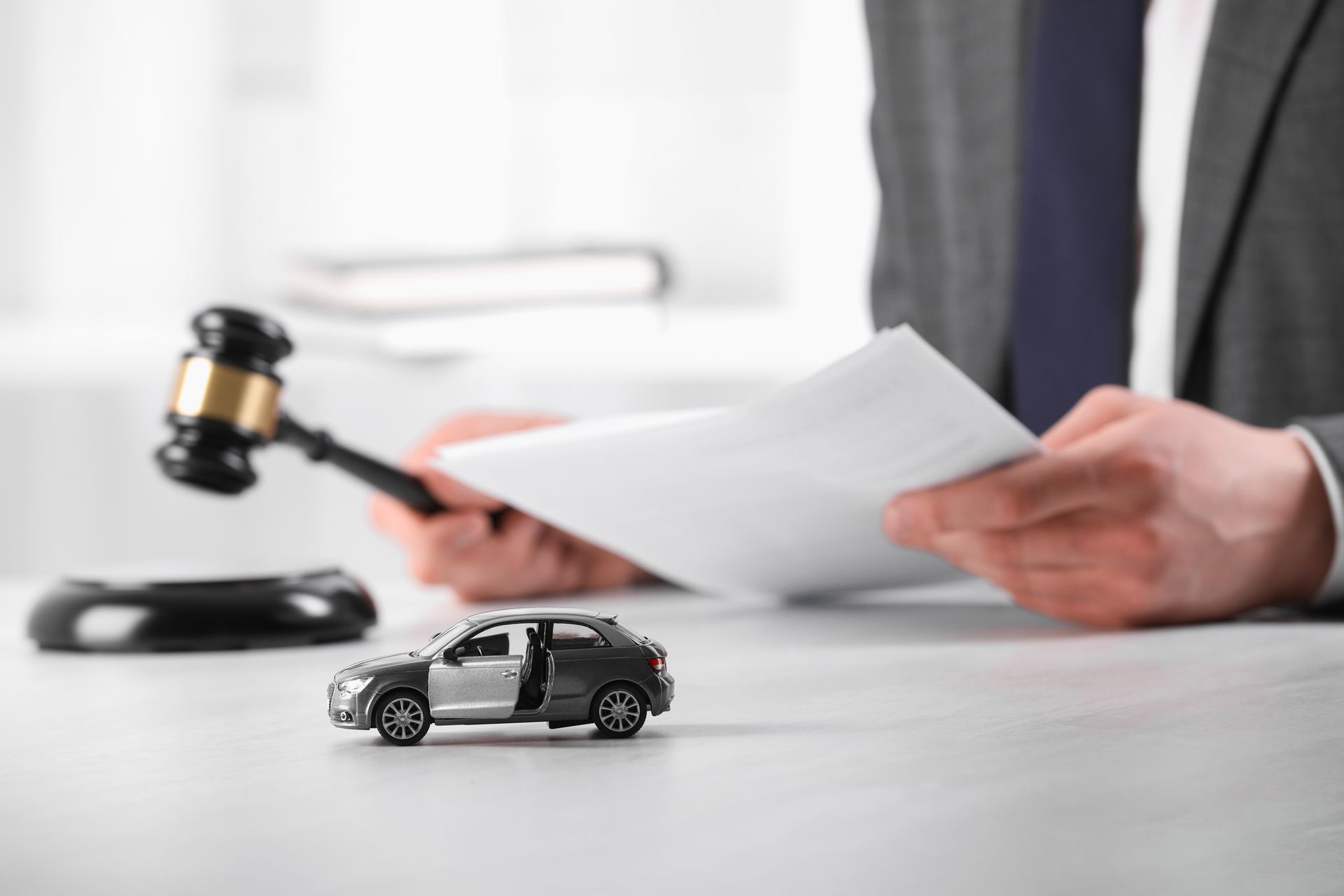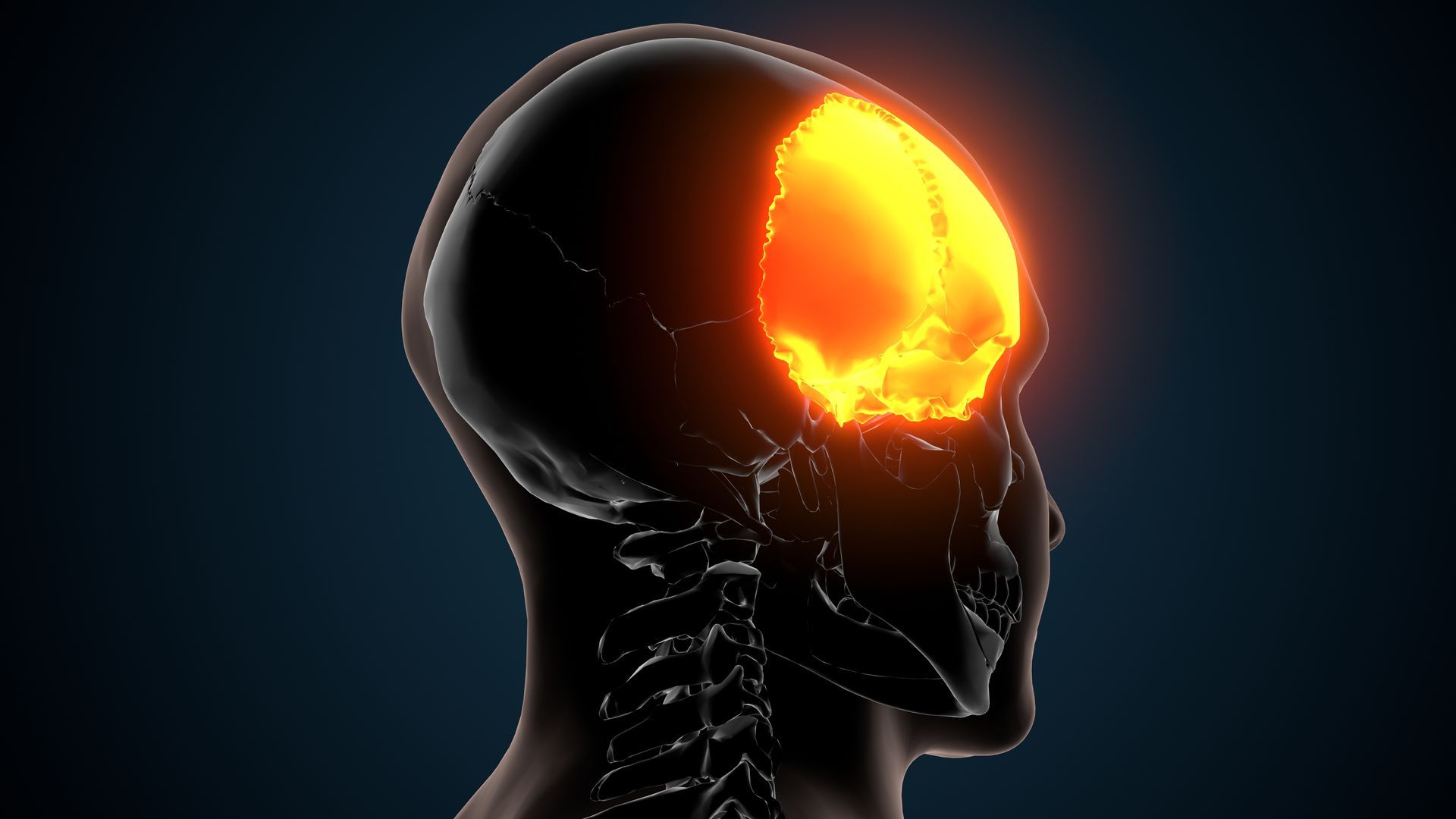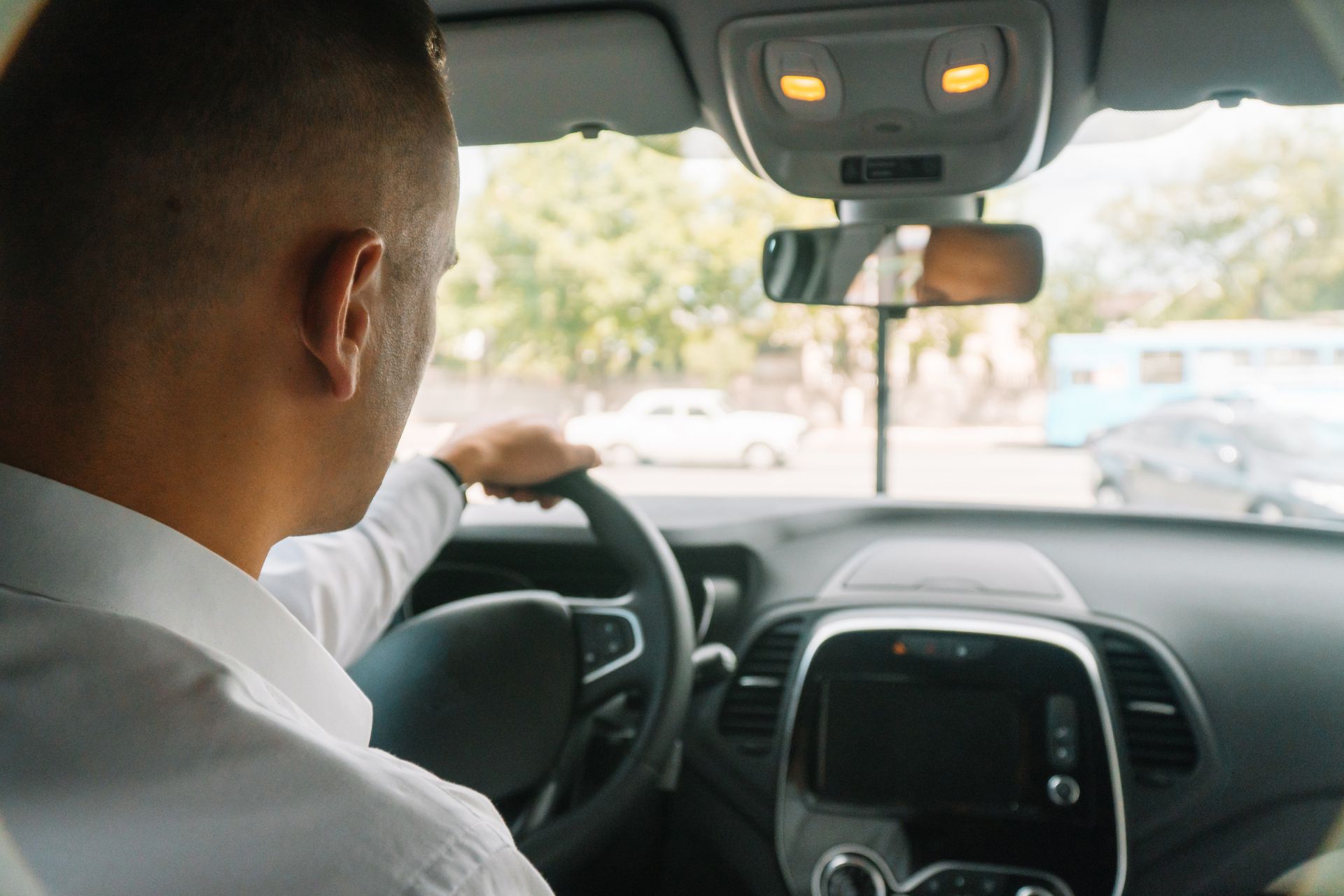Pedestrian Right-of-Way Laws in California: What Every Victim Should Know
Pedestrian Right-of-Way Laws in California: What Every Victim Should Know
In a city like Los Angeles, where traffic congestion and foot traffic are part of everyday life, pedestrian safety is more important than ever. Despite the clear risks, thousands of pedestrians are injured or killed each year by careless or distracted drivers. If you’ve been hit by a vehicle while walking, it’s critical to understand your rights—and how California law protects them.
This guide explains the basics of pedestrian right-of-way laws in California, how they affect your injury claim, and what steps to take after an accident.
🚦 When Do Pedestrians Have the Right of Way?
Under California Vehicle Code §21950, drivers must yield the right of way to pedestrians crossing the road within any marked or unmarked crosswalk at an intersection. Here’s what that means in practice:
- Marked Crosswalks: Any intersection with painted lines designating a crossing.
- Unmarked Crosswalks: Any intersection where sidewalks meet, even without paint or signage.
Drivers must also:
- Reduce speed and exercise caution when pedestrians are present.
- Never overtake or pass a vehicle stopped at a crosswalk.
- Yield to pedestrians walking legally on the roadway.
Violating these rules may be considered negligence—and if you’ve been injured, it can form the basis of your legal claim.
❌ Common Driver Violations That Lead to Pedestrian Accidents
Even with these laws in place, drivers frequently fail to follow them. Some of the most common violations include:
- Failing to stop at a crosswalk
- Speeding through intersections
- Distracted driving (texting, GPS use, etc.)
- Ignoring pedestrians during turns
- Driving under the influence
If a driver violated any of these laws and hit you while you were walking legally, you may be entitled to compensation.
🛑 Do Pedestrians Ever Lose the Right of Way?
Yes—but it’s rare. Pedestrians also have legal responsibilities. You can lose the right of way if you:
- Enter the street suddenly without giving drivers time to react
- Cross against a red signal or outside of a legal crosswalk
However, even in these cases, California follows a comparative fault system, meaning you may still recover partial compensation—depending on your level of fault.
📋 Why Right-of-Way Matters in Legal Claims
Establishing right-of-way is often central to proving liability in a pedestrian injury case. If you had the legal right to cross and a driver failed to yield, they may be found at fault for your injuries. This opens the door for recovering damages such as:
- Medical bills
- Lost wages
- Pain and suffering
- Future rehabilitation and care
An experienced personal injury attorney will gather evidence—such as traffic camera footage, witness statements, and police reports—to support your claim.
🧑⚖️ How a Lawyer Can Help Protect Your Rights
Pedestrian accident claims can quickly become complicated, especially if the driver or their insurer tries to shift blame. At Insider Accident Lawyers, we understand California traffic laws and how to apply them in your case.
We’ll investigate the accident, build a strong case around your right-of-way status, and pursue the full compensation you deserve.
🚶 Injured While Crossing the Street? Know Your Rights.
If you were hit by a car while walking in Los Angeles, don’t assume the driver’s version of events is the only one that matters. You have rights under California law—and we’re here to protect them.


